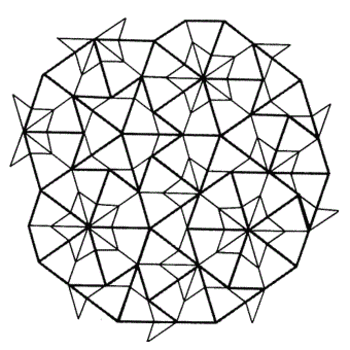How can you tell if a function has a discontinuity?
1 Answer
Jun 19, 2015
Let be
Pragmatically we can say that if a function has a fractional part, a logarithm, an even root, a tan(x), a cot(x), an arcsin(x), an arccos(x) there might be one or more points of discontinuity. The only way is to verify if there are points where the function isn't defined.
I make some examples:
So e(x) and f(x) are continuous.

